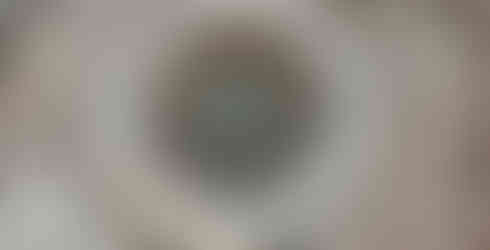Palazzo della Ragione (Palace of Reason) & Torre dell'Orologio, Mantua, Italy
- Jean Michel
- Feb 26, 2024
- 2 min read
The palace was built around the 11th-12th century to carry out public civil functions and was intended to host city assemblies and gatherings. The tower, with a square ground-plan, was constructed in 1472–1473 by Luca Fancelli, and in 1473 the astronomical clock was installed.
The outer ring numbers the hours from I to XXIIII. The next ring, inset, has 24 divisions (12 white and 12 black), representing the unequal hours (with the period of daylight divided into 12 "hours" and the nighttime divided into 12 "hours").
In the centre of the inset is a protruding disc, showing the twelve signs of the zodiac. Inside the zodiac, another overlaid disc, numbered up to 29 in threes, represents the date of the lunar month.
At the centre of the dial, the goddess Latona (mother of Apollo and Diana – the Sun and Moon) sits with open arms, a deer at her feet. Her left hand rests on a circular aperture which shows the lunar phase. Outside the aperture, a pointer indicates the Moon's position in the zodiac. Latona's right hand, holding a sickle in the shape of the crescent moon, indicates the date of the lunar month.
The clock's off-centre blue semicircle with thirty golden studs, fixed to the zodiac ring between Libra and Pisces, represents the celestial equator.
The dial has two hands. The longer hand, with a star and pointer, indicates the time. (Traditionally time showed was Italian hours, counting from sunset. Today, for ease of reading, the time shown is from midnight to midnight.) The other hand shows the sun and indicates solar time, permitting calculation of the equation of time, the difference between solar and conventional time.
This semicircle and the lunar indications, in combination with the dial's other indications, enable the calculation of planetary hours, and therefore facilitate astrological predictions.












Comments